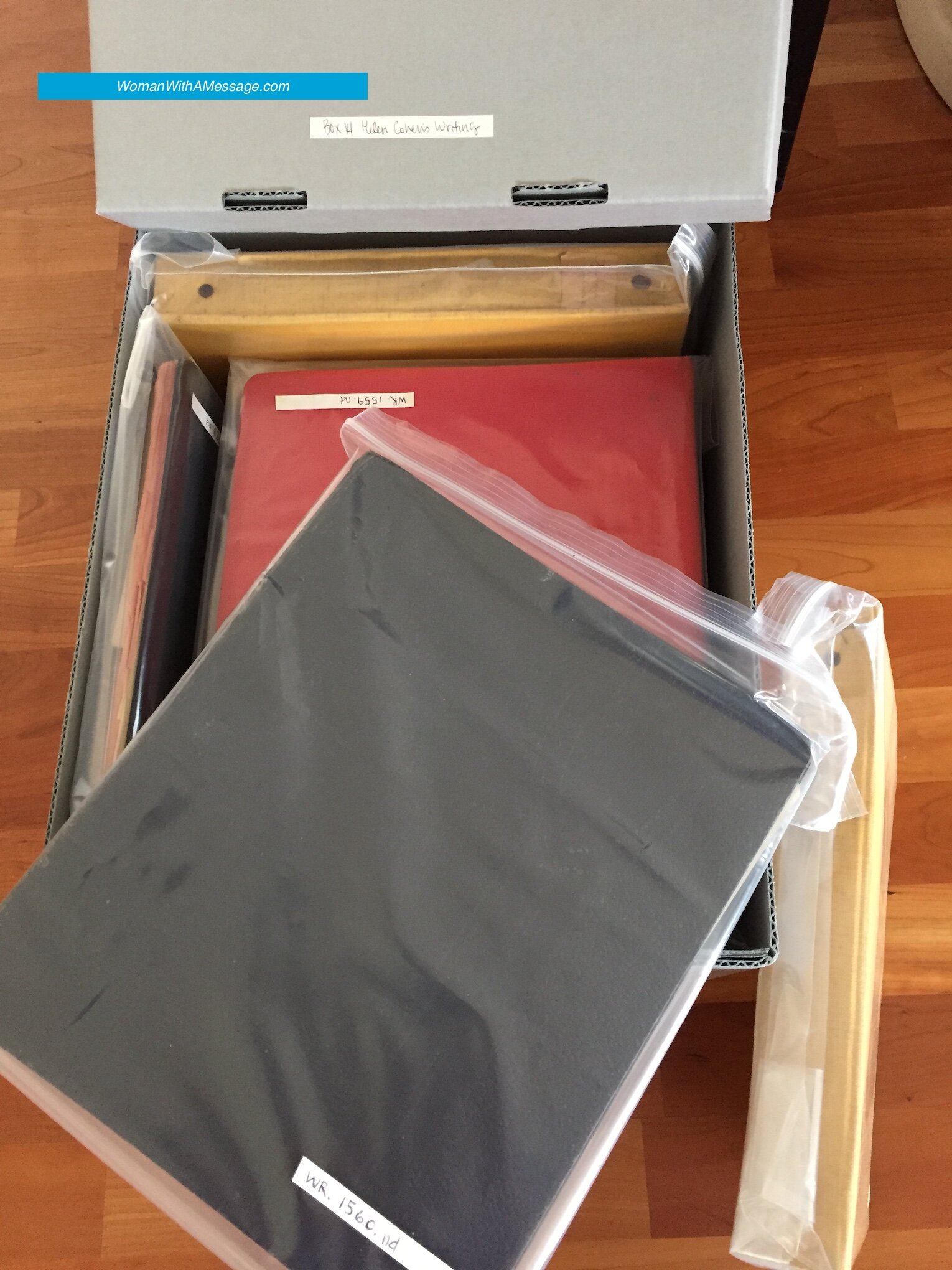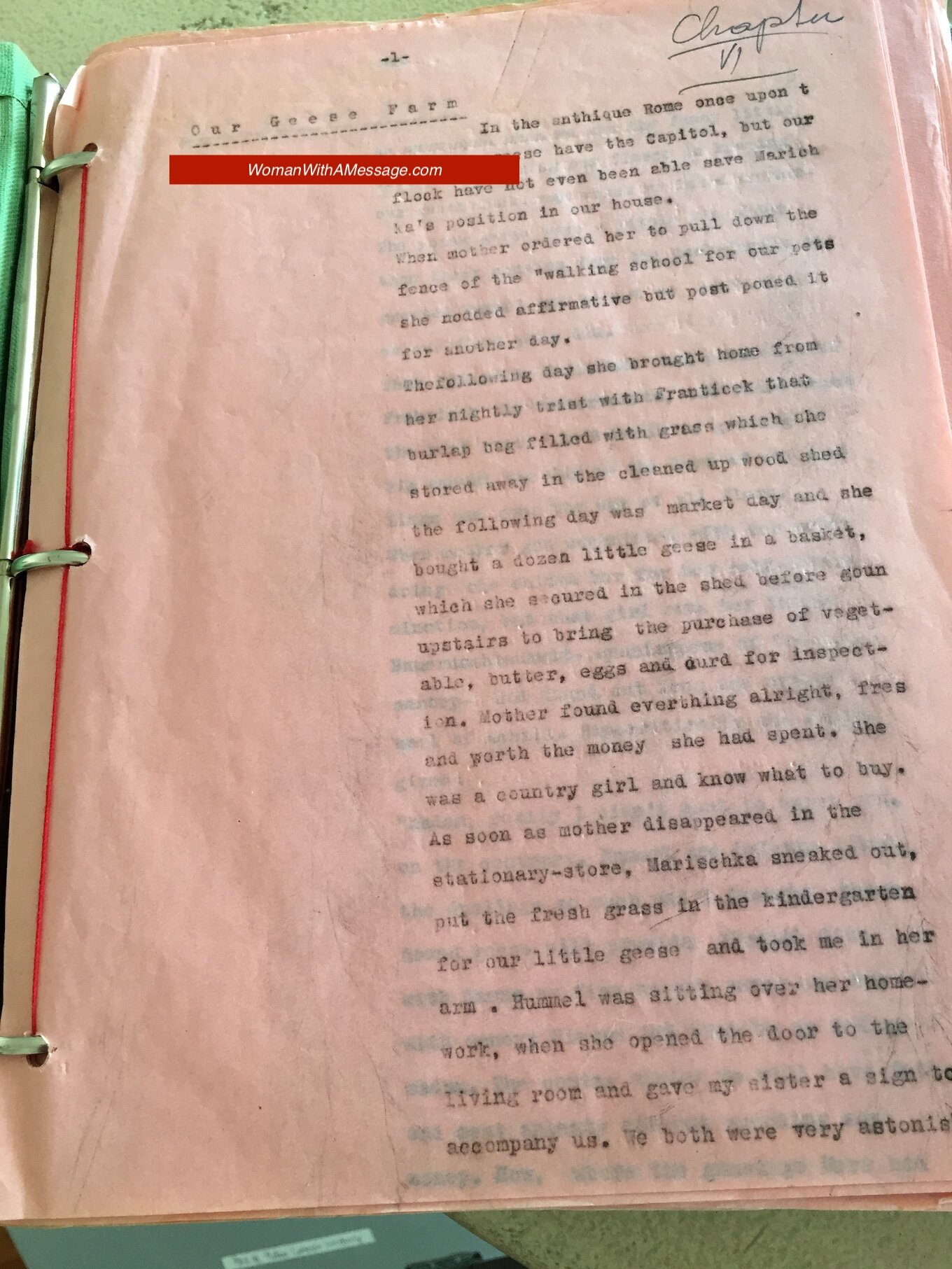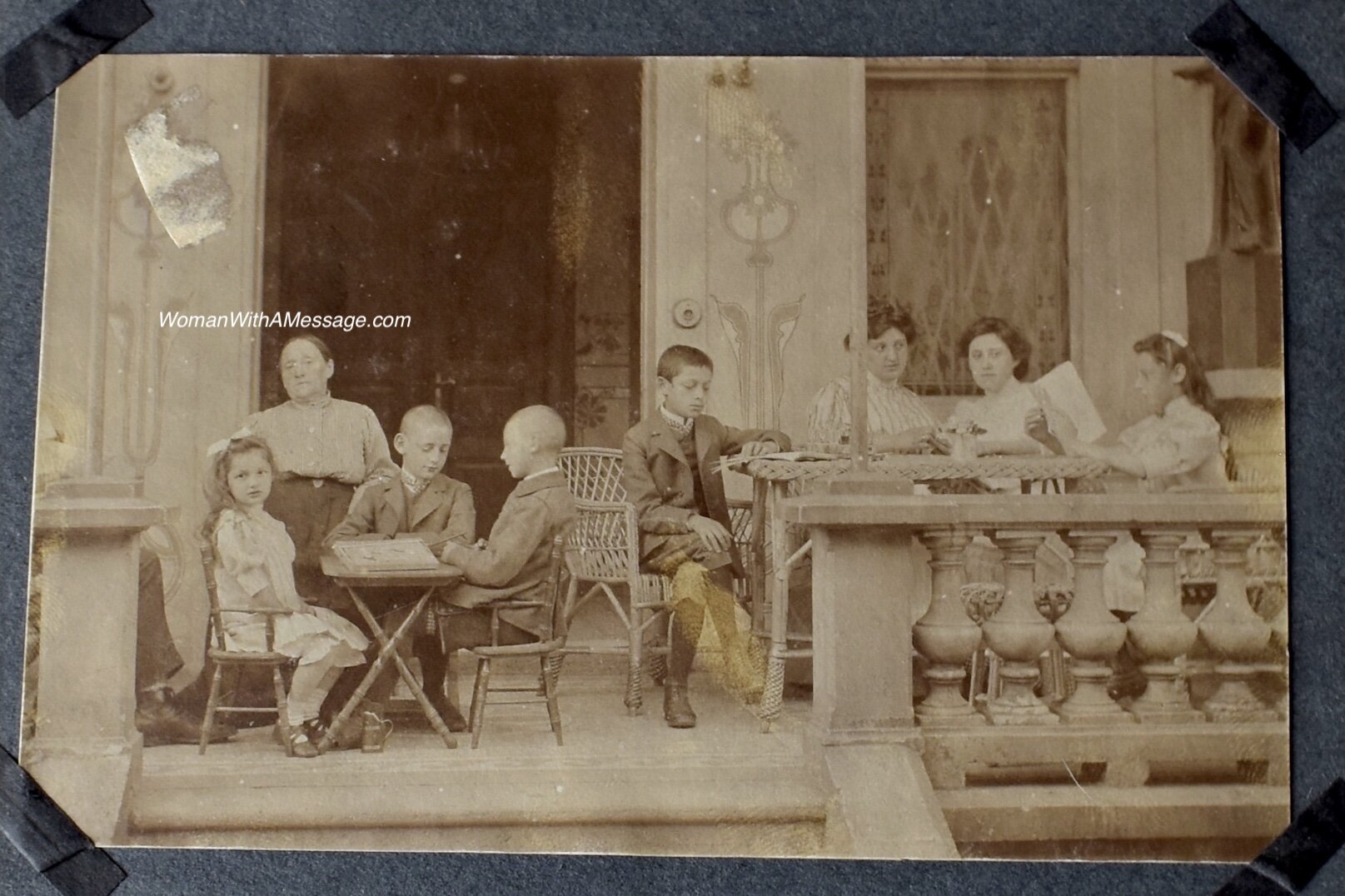Today’s document was found in the JDC Archives item ID 867174.
Soon after I contacted historian Corry Guttstadt, she sent me a copy of the document we see today. It is painful and heartbreaking, but so important. If you click on the JDC link above, you’ll see that at the bottom of the page it says “more.” Unfortunately, whatever more there was is not in the digital file. I’ve spent many hours over the past year combing through the JDC Archives, and could not find a second page. When I asked JDC about it, they said we’d have to wait until after Covid as the originals files would need to be checked and were not open at this time.
Helene gave the following “story” to an unknown interviewer.
ISTANBUL (MODA-PALAS) May 1, 1945
Story of Mrs. Helena Cohen of Vienna, who says she is a Turkish citizen:
“My husband and I were taken from Vienna in October 1943. The Germans separated us. They told us we would be together but it wasn’t true. That was the first lie. They brought me to the capital of Moravia and I stayed there a fortnight. I told them I was a Turkish citizen but that made no difference. They said “You are living in Vienna and a Jew is a Jew.” There was an epidemic in the camp at Brno. The group of women there included nine Slovene partisans, young girls from 18 to 25. In November I came to Ravensbruck.
Ravensbruck is a little town surrounded by a high wall - with electric wires. We arrived in a bus and all our clothes were taken off. We were given a very thin jacket and trousers, stockings, and boots of wood. That was all. Then we came into a block-dwelling. You must think of a hut in the mountains for 250 people. But living there were 1200 to 1600. Every block had four rooms, two for sleeping and two so-called dining rooms. Beds were in layers of three. Two or three persons in a bed.
We were first called at 3 in the morning by a siren and had to stand from 5:30 to 7 for counting, outside the block. In the afternoon we had to stand again but not so long, only for work assignment…a half hour maybe. This third call was after 5pm to 8m, 9, or 10 o’clock for counting. This third call was for the first year. The second year in Ravensbruck we stood only twice.
There were about 30,000 women in Ravensbruck (between Berlin and Stottin). All things were built by women. When we came the women over 50 were knitting. Making stockings. Very hard work. Young people were in the factories making parts for ammunition. Also trade goods for Berlin. And a factory for furs. Prisoners had furs when they came. They were taken and were prepared for the military. Not all the furs though. Some were for trade. The SS women were overseers. They were terrible —- beasts. Sadists. Took pleasure in torturing the prisoners. For a trifle a person was sent t the strafe block for a beating, entirely separated from the others. No one could go in there. Bad food - dreadful treatment - blows - all underfed. I lost in three months 25 kilos, about 50 pounds. I weighted 75 kilos when I came there.
You were considered ill only if you have over 40 degrees (104). There was one physician in the hospital (SS man) and a great many women physicians who were also prisoners. A “Schwester” in charge decided whether a patient would have a remedy or not, not a physician. There were only three remedies - aspirin, urotropine and carbon for dysentary. Operations were performed without narcotics, sometimes a local anesthetic. Trials were made on sound people. We named them “rabbits”. There was typhoid all the time in the camp. Scarlet fever, too. But mostly typhoid.
Nourishment consisted of in the morning a cup of so-called coffee - brown water without sugar. Excuse me, I don’t say it couramment [French for “fluently”]. I am a little nervous. Lunch was a vegetable boiled in water. Sometimes a little fat in it but mostly not. Some potatoes. Supper we received soup with barley that was not too bad. The first year we had one third of a loaf of bread a day. Later only one quarter and in the last three months twice a week only a slice. We were allowed to write letters once every month. In Buchenwald it was only every two months. People who were in the camp a long time and received parcels regularly by Red Cross or relations could stand it. People without parcels were doomed to starvation. The last months I received parcels from Vienna friends but the first six months I hadn’t. There were many children born in the camp. There was one whole block for pregnant women. The children weren’t too badly off. They had milk and the diet for sick people.
more
One thing that struck me when poring through the archives is that I did not come across similar testimonies from other passengers from the Drottningholm. It seems incredible to me that Helene’s was the only one. In my January 14 post, you can see the challenge of looking for documents- there I included a screenshot of the “titles “of documents – the majority do not have identifying features other than date - if you click on the link above, you’ll see that the the title is “Untitled Typewritten Document”. Thankfully, I knew the date of this document, but my search still involved hours of looking. On the other hand, it was much easier for me though than it had been Corry, who did her research before it was online and had to look through boxes of letters and documents at the JDC, I think in Jerusalem.






















